This is the 55th in a series of posts on the Fujifilm GFX-50S. The series starts here.
Of the Leica M-mount lenses I have, I think only two might do well on the GFX. I haven’t found a full-frame lens shorter than 50 mm that really shines on the 33×44 mm Sony sensor, and the 50 mm Summilux-M ASPH that I have doesn’t even do well on the a7RII in the corners. But I think the 90 mm f/2 Summicron-M ASPH and the 135 mm f/3.4 Apo-Telyt-M have a good chance. This post is about the latter lens.
All images developed in Lightroom with default settings except for white balance set to Daylight. All crops focused at the taking aperture. I made three sets of images, and picked the sharpest. At any given f-stop, the images were so close in sharpness that I might just as well have done the picking by throwing darts. I think I’ve got manual focusing dialed in on the GFX.
Looking at coverage first:

Looks like it can cover to almost 4:5 aspect ratio crops. You may have noticed that we mowed the grass yesterday.
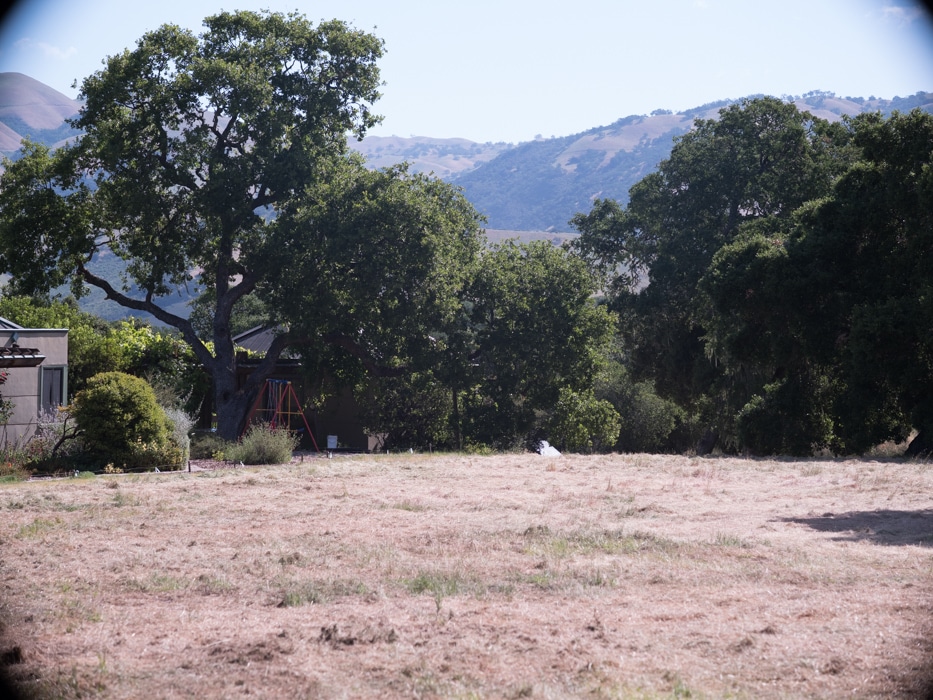
Now 4:5 crops look fine.
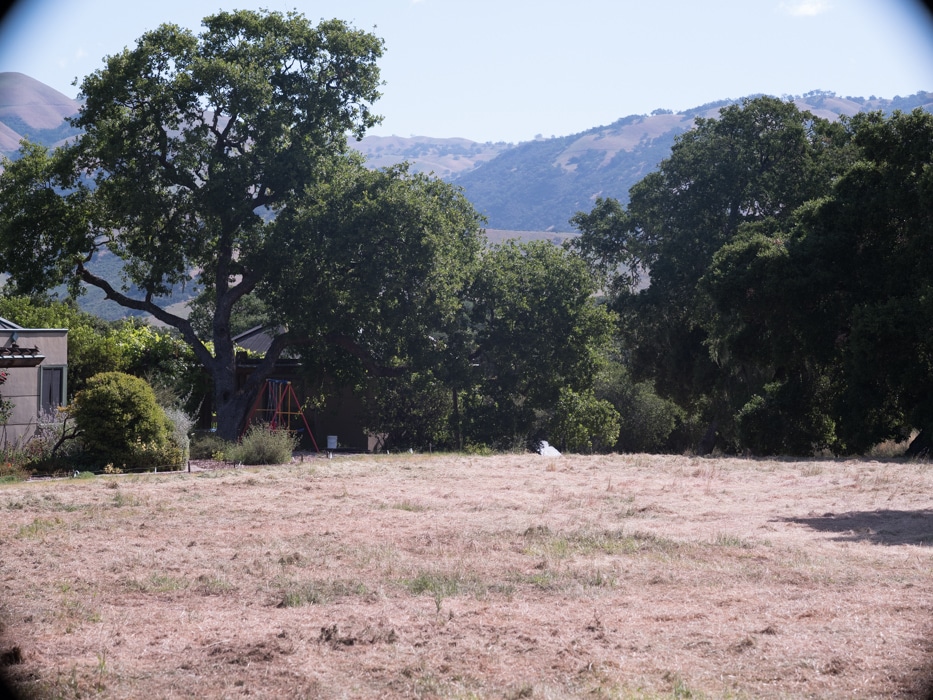

I’m going to show you some very tight crops; here’s how to use them. The dimensions of the GFX sensor are 8256×6192 pixels. If we make a full-frame print from the GFX on a printer with 360 pixels per inch native driver-level resolution, like the Epson inkjet printers, we’ll end up with a 23×17 inch (58×44 cm) print. The 318×246 pixel crop you’re looking at will end up 0.8333×0.6833 inches (2.12×1.74 cm). Let’s imagine that you or your viewers are critical, and will look at the 22×17 inch print from about 18 inches (conventional wisdom is that the distance would be a little greater than that, or 28 inches (the diagonal), but you did buy a high-resolution camera for a reason, didn’t you?).
The next step is dependent on your monitor pitch, which you may or may not know. Turns out, you don’t have to know it. Just take the 253% crops and view then at 1:1. How high are they? Get out your ruler and measure, or just guess. Let’s say they are 6 inches high. 6 inches is about 7 times 0.8333, so in order to view the crops the way they’d look from 18 inches on the print is to view them from 7 times as far away, or 10.5 feet.
Everything here scales proportionately. If the image on your screen is bigger than 6 inches, increase your viewing distance by the ratio of your image height to 6 inches. If you think your viewers are going to almost get their nose to that print and look at it from six inches, divide that 10.5 feet by 3, and look at the image on the monitor from three and a half feet away.
On a 30 inch 4K display, a 1:1 presentation of these crops will be about 4 inches, so to simulate the effect of viewing the print from 18 inches, you’ll want to back up to about seven feet. A couple of feet for a 6 inch print viewing distance. On a 17 inch laptop 4K display, a 1:1 presentation of these crops will be about 2 inches, so to simulate the effect of viewing the print from 18 inches, you’ll want to back up to about three and a half feet. A foot for a 6 inch print viewing distance.
In the center:

Pretty sharp. I’ve noticed before that this len is not as sharp around f/4 as the Zeiss 135/2 Apo-Sonnar, but it’s not far off, either.
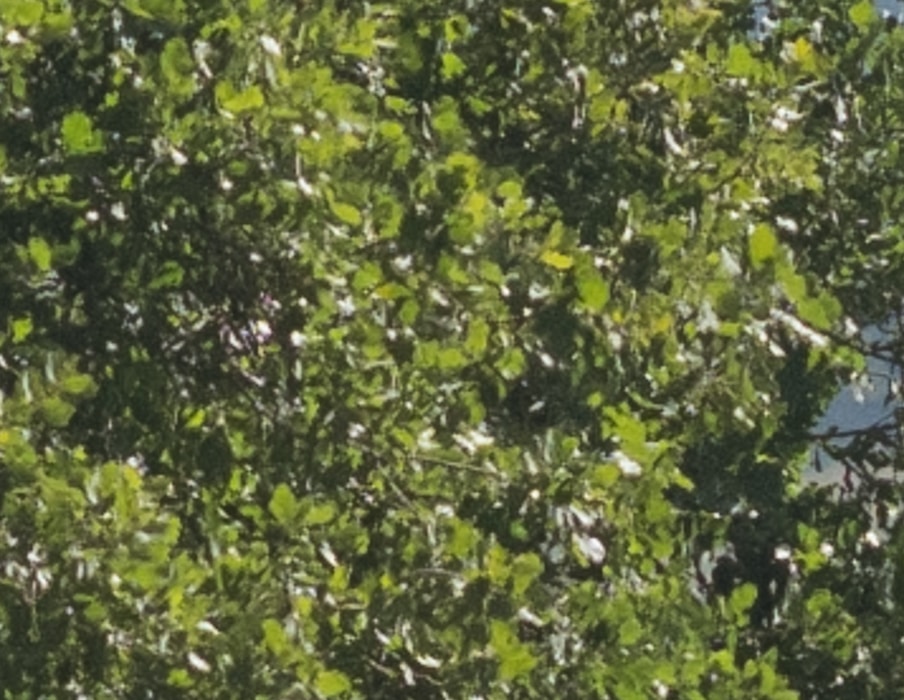
About the same.
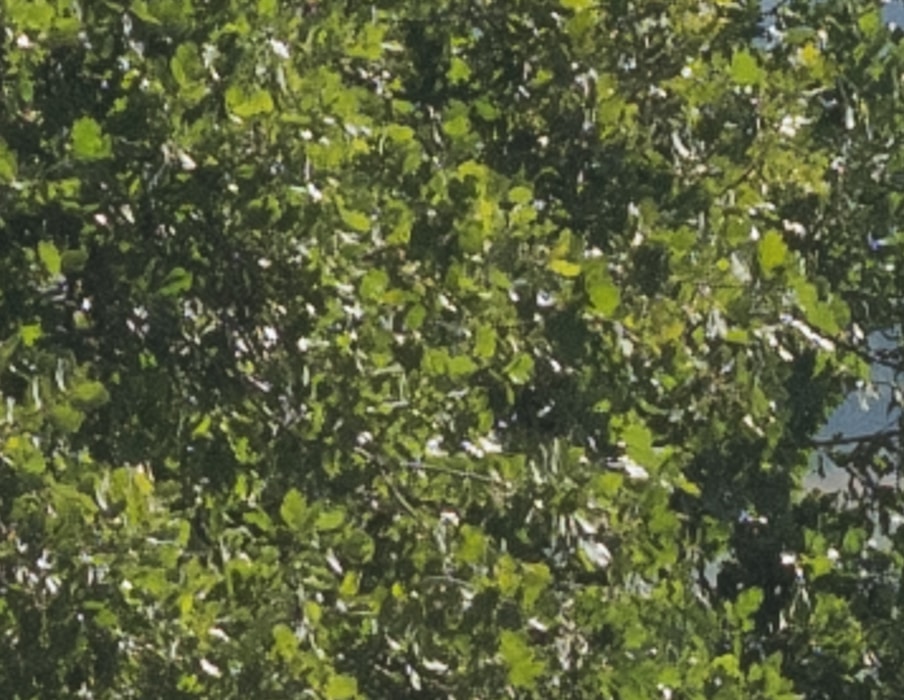
Losing a bit.
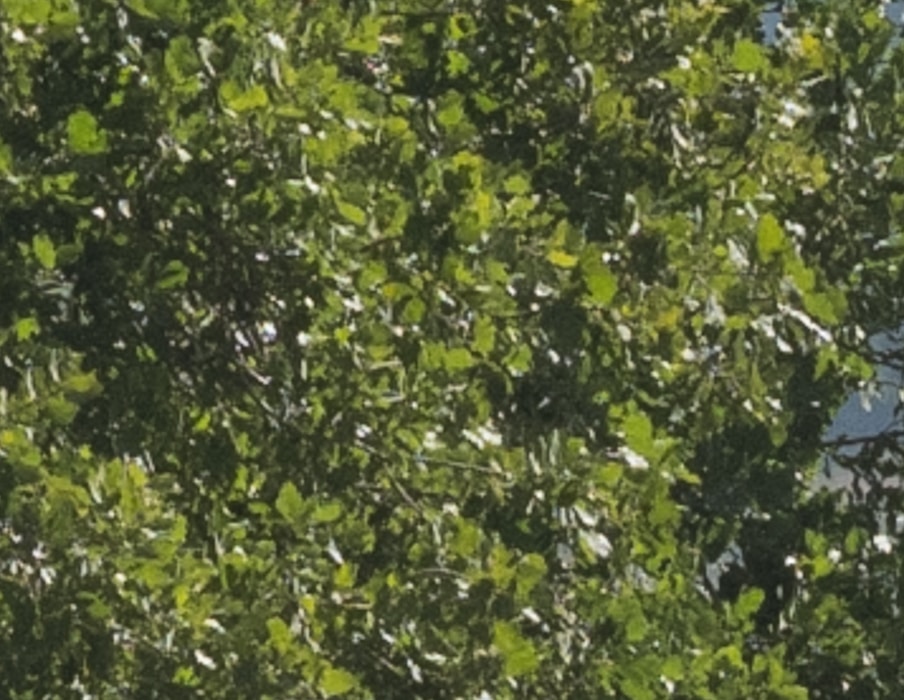
A little diffraction.
In the upper left corner of a 1:1 crop:
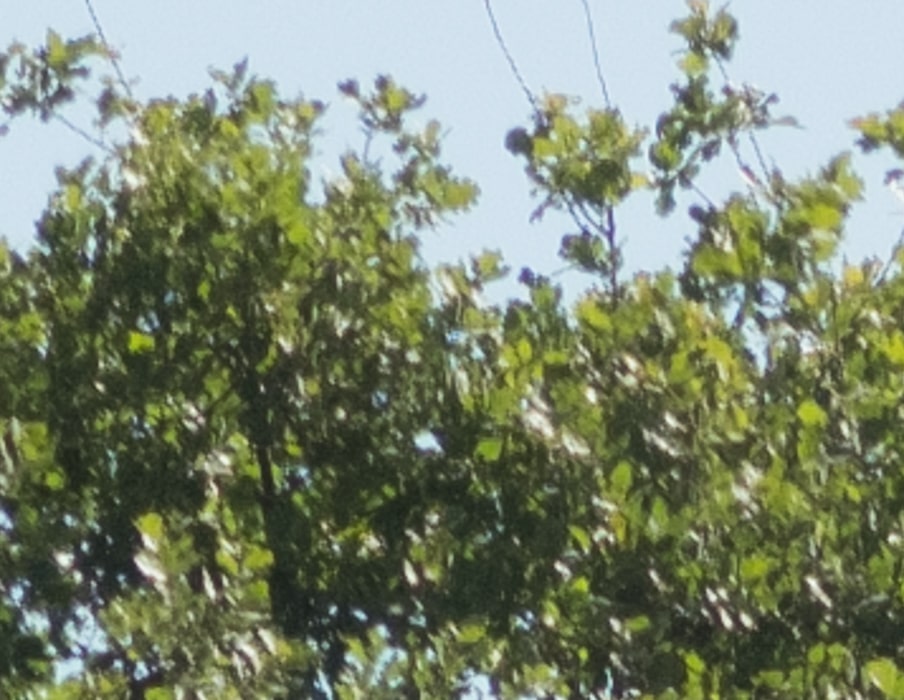
Very good performance. Pixel-level details are clearly visible.
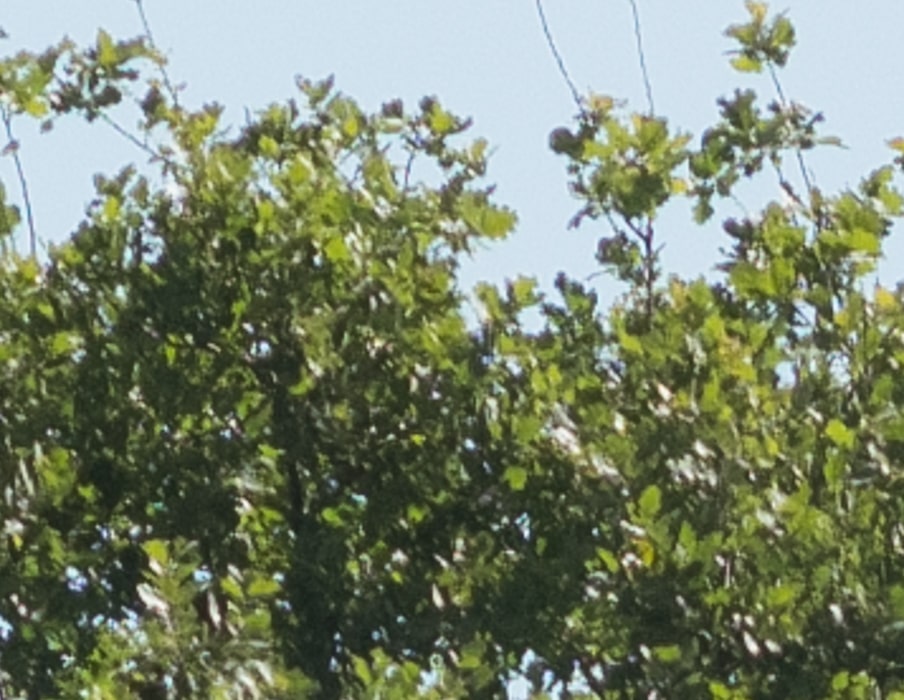
Even better.
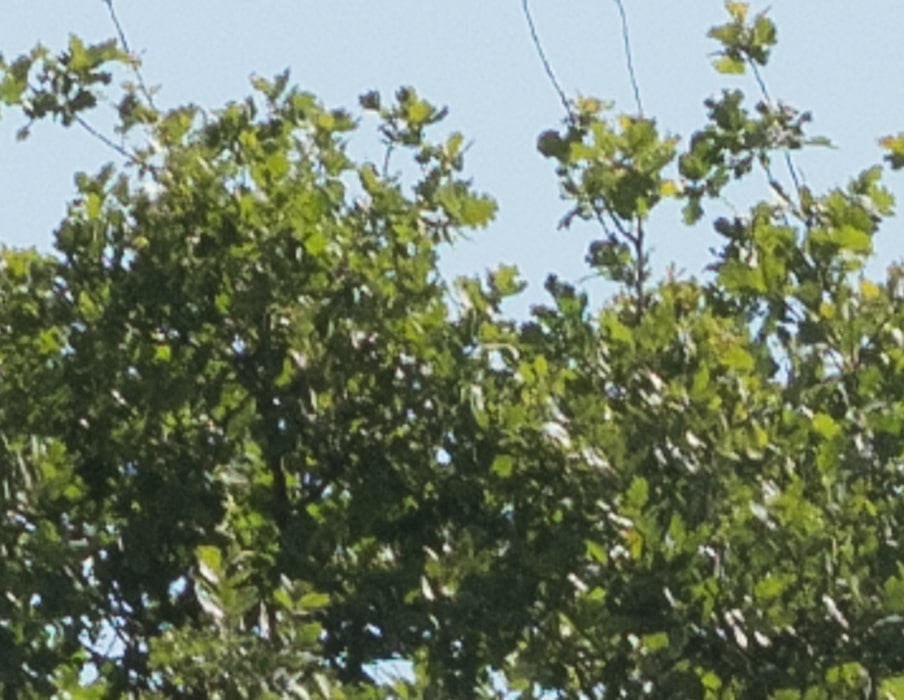
Still hanging in there. This is the best aperture, by a nose.

A bit of diffraction.
In the upper left corner of a 4:5 crop:
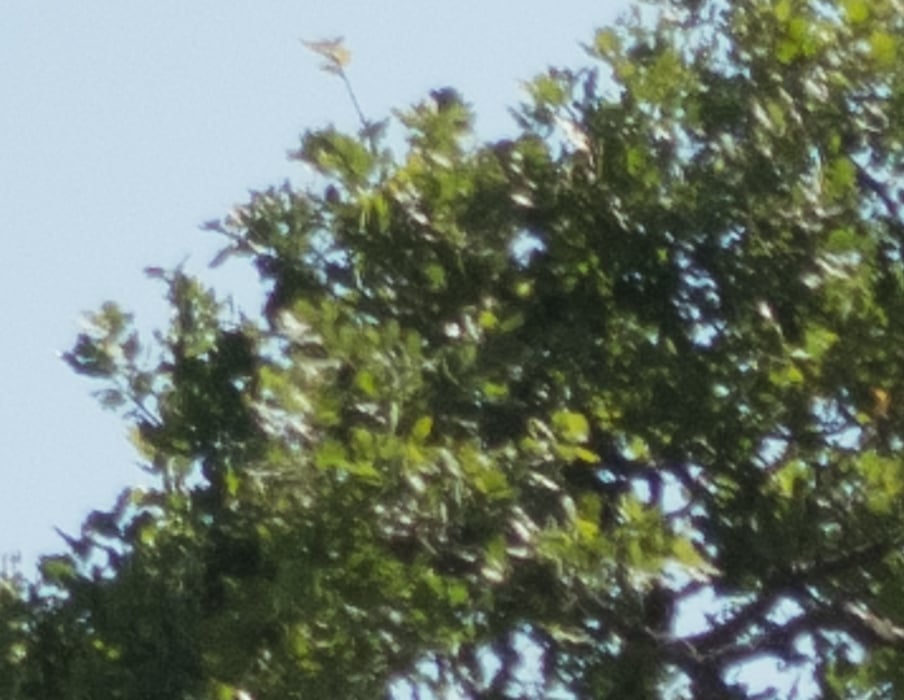
Certainly acceptable. Pixel level details are visible, but there’s a bit of smearing.
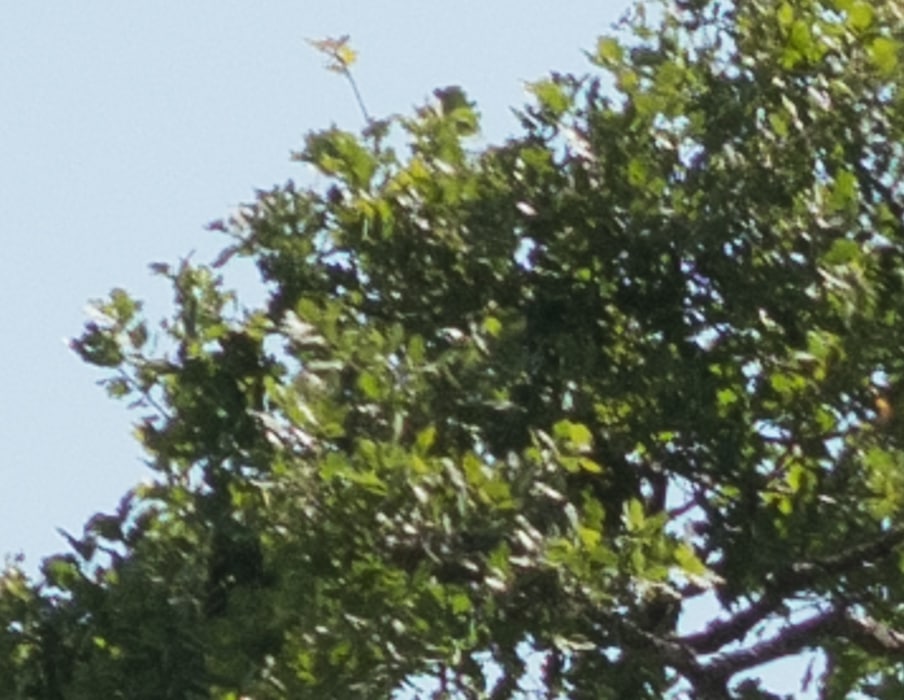
Very good.
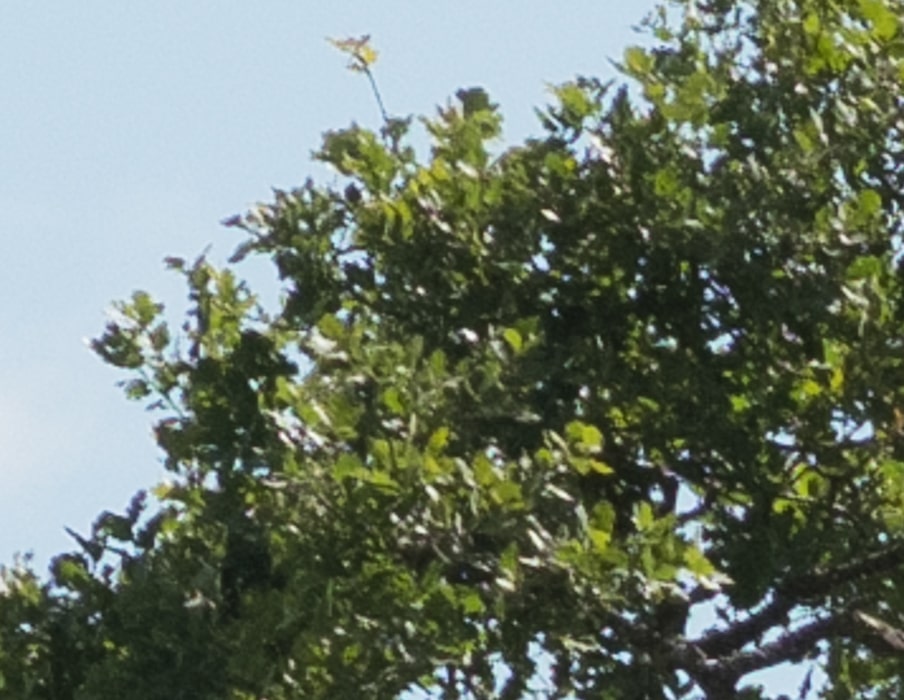
Fine. The best aperture.
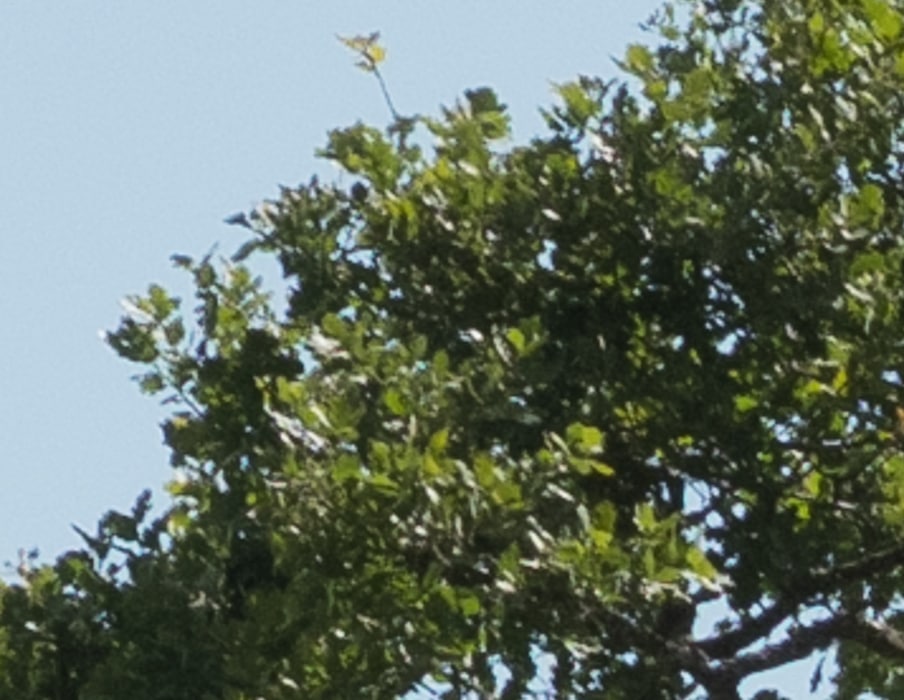
Softening a bit. There’s one twig that completely disappeared.
I think this lens is quite compatible with the GFX if you’re willing to crop to 4:5 aspect ratios or squarer. This is a great lens on the Sony a7RII, because its size matches the camera so well. On the GFX, that’s not the case. I would chose this lens over the Zeiss 135/2 Apo-Sonnar only for travel, where the weight of the kit would be a factor.
I will say that, like all Leica M-mount lenses of 50mm and longer, that it’s very difficult to focus this lens accurately, because of the short-throw rangefinder helicoid.
[…] The Last Word – Leica 135/3.4 Apo-Telyt-M on Fuji GFX 50S […]